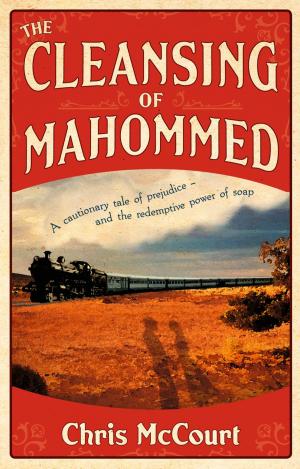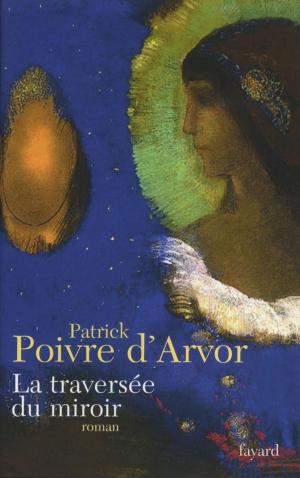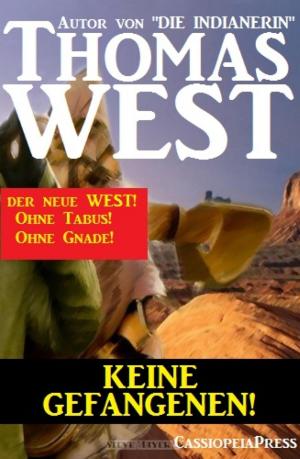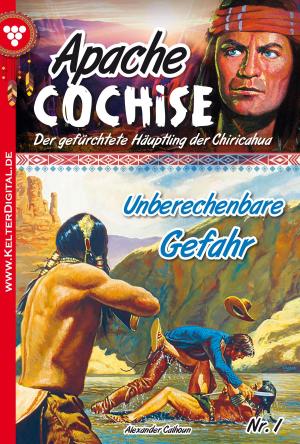| Author: | Son Lal | ISBN: | 9781301853571 |
| Publisher: | Son Lal | Publication: | April 22, 2013 |
| Imprint: | Smashwords Edition | Language: | English |
| Author: | Son Lal |
| ISBN: | 9781301853571 |
| Publisher: | Son Lal |
| Publication: | April 22, 2013 |
| Imprint: | Smashwords Edition |
| Language: | English |
About nomads in Rajasthan who have grazed cattle on a large scale since early history. With a pastoral culture from the west in Asia, that partly differed from the culture of the settled Hindus of the Indian subcontinent. Tan Dan's forefathers were a part of that nomadic culture, to which also ox caravan traders belonged and small groups with other professions. Before trains and trucks, timely transport by pack ox caravans could be a life and death matter for regions facing food shortage due to drought in monsoonal India. Some livestock nomads knew how to transport foodgrain across desert areas on the back of thousands of cattle. Tan Dan met their descendents in the 1970s still carrying out some ox caravan trade. In this book Tan Dan explains, how he thinks cattle herders with other specializations are related to the ox caravan transporters. They have common roots in an ancient pastoral culture, covering a vast region from northwestern India to West Asia. Also Tan Dan's relatives, the cattlebreeding Detha Charans. Tan Dan puts the history of the ox caravan traders of western Rajasthan in a wider perspective, which includes their interaction with settled inhabitants all the way back to the first urban civilization in the Indus valley, some four to five thousand years ago. He has also met groups split away from the ox caravan traders at various points in history, now living as separate castes. Some of them serve settled Hindus by maintaining their pedigree records, and entertain them with songs about their forefathers.
About nomads in Rajasthan who have grazed cattle on a large scale since early history. With a pastoral culture from the west in Asia, that partly differed from the culture of the settled Hindus of the Indian subcontinent. Tan Dan's forefathers were a part of that nomadic culture, to which also ox caravan traders belonged and small groups with other professions. Before trains and trucks, timely transport by pack ox caravans could be a life and death matter for regions facing food shortage due to drought in monsoonal India. Some livestock nomads knew how to transport foodgrain across desert areas on the back of thousands of cattle. Tan Dan met their descendents in the 1970s still carrying out some ox caravan trade. In this book Tan Dan explains, how he thinks cattle herders with other specializations are related to the ox caravan transporters. They have common roots in an ancient pastoral culture, covering a vast region from northwestern India to West Asia. Also Tan Dan's relatives, the cattlebreeding Detha Charans. Tan Dan puts the history of the ox caravan traders of western Rajasthan in a wider perspective, which includes their interaction with settled inhabitants all the way back to the first urban civilization in the Indus valley, some four to five thousand years ago. He has also met groups split away from the ox caravan traders at various points in history, now living as separate castes. Some of them serve settled Hindus by maintaining their pedigree records, and entertain them with songs about their forefathers.















